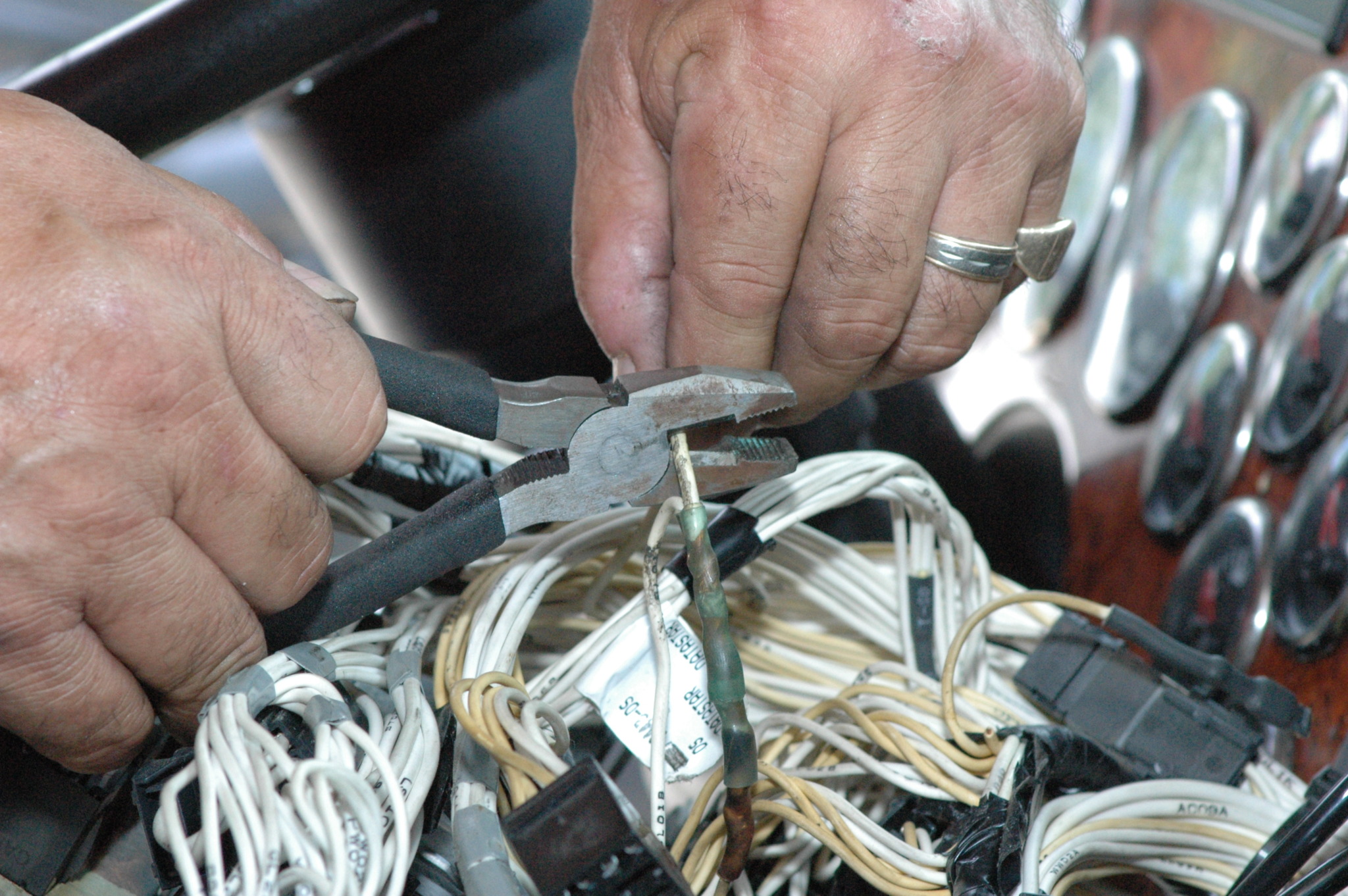Trusted regulatory compliance assistance services to meet industry standards.
Trusted regulatory compliance assistance services to meet industry standards.
Blog Article
Top Tips for Effective Electric System Troubleshooting
Troubleshooting electrical systems requires a methodical method, based in an extensive understanding of electric concepts and safety and security procedures. By acquainting oneself with circuit components, using essential tools, and sticking to an organized examination method, experts can properly identify and resolve problems. The nuances of reliable troubleshooting expand beyond simple technical knowledge; understanding just how to document findings and prioritize security can considerably affect outcomes. As we check out these essential elements better, it ends up being clear that grasping this procedure is not simply advantageous but vital for success in the area.
Understand the Fundamentals
Comprehending the basics of electrical systems is important for effective troubleshooting, as a solid foundation enables service technicians to detect and settle concerns extra successfully. A comprehensive grasp of electric concepts, such as voltage, present, resistance, and power, is vital in determining the source of issues. Voltage is the electrical potential distinction that drives present through a circuit, while resistance opposes the flow of existing, impacting the general performance of the system.
Familiarity with circuit elements, consisting of resistors, capacitors, diodes, and switches over, is also extremely important. Each element plays a distinct role in circuit actions and can influence efficiency when malfunctioning. In addition, comprehending series and parallel circuit setups is vital, as these plans affect the distribution of voltage and existing within the system.
Professionals must be aware of prospective dangers, such as shock and brief circuits, to implement safe troubleshooting practices. By mastering these fundamental ideas, professionals boost their capacity to carry out effective diagnostics and repairs, ultimately leading to boosted efficiency and reliability of electric systems (electrical system troubleshooting).
Gather Necessary Devices
Reliable troubleshooting of electric systems calls for the appropriate collection of devices to identify and solve problems precisely. A fully equipped service technician can substantially improve effectiveness and effectiveness in identifying problems. Essential devices consist of a multimeter, which determines voltage, present, and resistance, allowing for precise analyses of electric elements. Clamp meters are additionally beneficial for determining present without disconnecting the circuit, making certain safety and comfort.
Additionally, insulated hand tools such as screwdrivers, pliers, and cord pole dancers are important for safely manipulating electrical links. It is additionally a good idea to have a circuit tester accessible to verify the presence of voltage in electrical outlets and cords. For more facility systems, a thermal imaging camera can assist identify overheating elements, showing prospective failings.

Comply With an Organized Method
Having actually collected the proper tools, the following action in troubleshooting electrical systems is to comply with an organized approach. A methodical technique guarantees that specialists can important source determine mistakes effectively read what he said and properly, lessening downtime and preventing unneeded repair work.
Begin by assessing the system's schematic diagrams and specs. This involves monitoring each element methodically, starting from the power resource and functioning towards the load.
Make use of testing tools, such as multimeters and oscilloscopes, to collect unbiased information concerning voltage, existing, and resistance at various factors within the system. This empirical proof will lead your troubleshooting initiatives and help to verify or eliminate prospective causes of failing.
In addition, think about environmental aspects that might influence the system's efficiency, such as temperature level changes or wetness ingress. A detailed assessment of wiring, connections, and parts will certainly make certain that all opportunities are accounted for.
Document Your Searchings For
Complete documents is important in the repairing procedure of electrical systems. This method not only aids in understanding the origin reason of the issue however likewise offers as a recommendation for future repairing efforts.

In addition, maintaining a log of parts changed or repair services done is important. This info sustains supply administration and can aid analyze the long life and integrity of details parts.
Eventually, the documents process must be thorough yet succinct, enabling easy retrieval and testimonial - electrical system troubleshooting. By focusing on thorough documentation, service technicians can develop a valuable knowledge base More Info that not only aids in present troubleshooting yet also empowers future upkeep efforts, therefore improving general system reliability

Prioritize Precaution
Acknowledging the inherent threats connected with electric systems is critical for guaranteeing safety and security throughout troubleshooting. Electric shock, burns, and tools damage are just a few of the possible risks that technicians deal with. Prioritizing precaution is not only a lawful commitment but likewise an ethical vital that safeguards both the professional and the surrounding environment.
Before beginning any kind of troubleshooting job, technicians ought to put on ideal individual protective equipment (PPE), including protected handwear covers, shatterproof glass, and flame-resistant clothing. Guaranteeing that the workplace is completely dry and devoid of mess can considerably decrease the danger of mishaps. Additionally, it is vital to de-energize circuits prior to starting any type of job, confirming that they are not endure the use of a multimeter or voltage tester.
Establishing clear communication protocols with team members is also important; this makes sure that everybody recognizes possible threats and the standing of the electric system being dealt with. Last but not least, having an emergency situation feedback strategy in position can prove important in the event of an incident. By prioritizing safety and security actions, professionals can successfully reduce risks and cultivate a safer office.
Final Thought
Effective electric system fixing relies upon an extensive understanding of fundamental concepts and a methodical strategy. By gathering essential devices, sticking to methodical examination techniques, and diligently recording findings, the repairing process comes to be much more reliable and trustworthy. Prioritizing security actions ensures the wellness of people involved and the honesty of the electrical system. Applying these methods will enhance the repairing experience, bring about quicker resolutions and improved functional effectiveness in electric systems.
Report this page